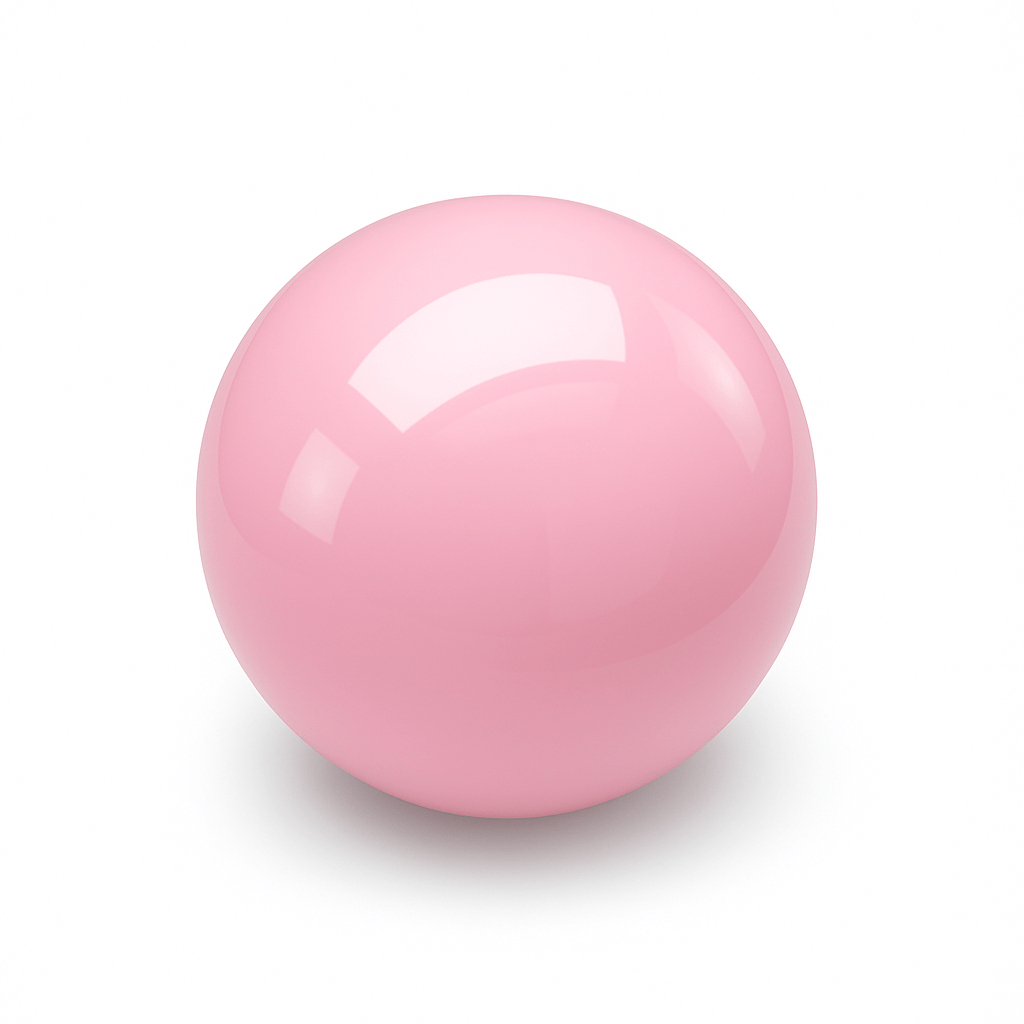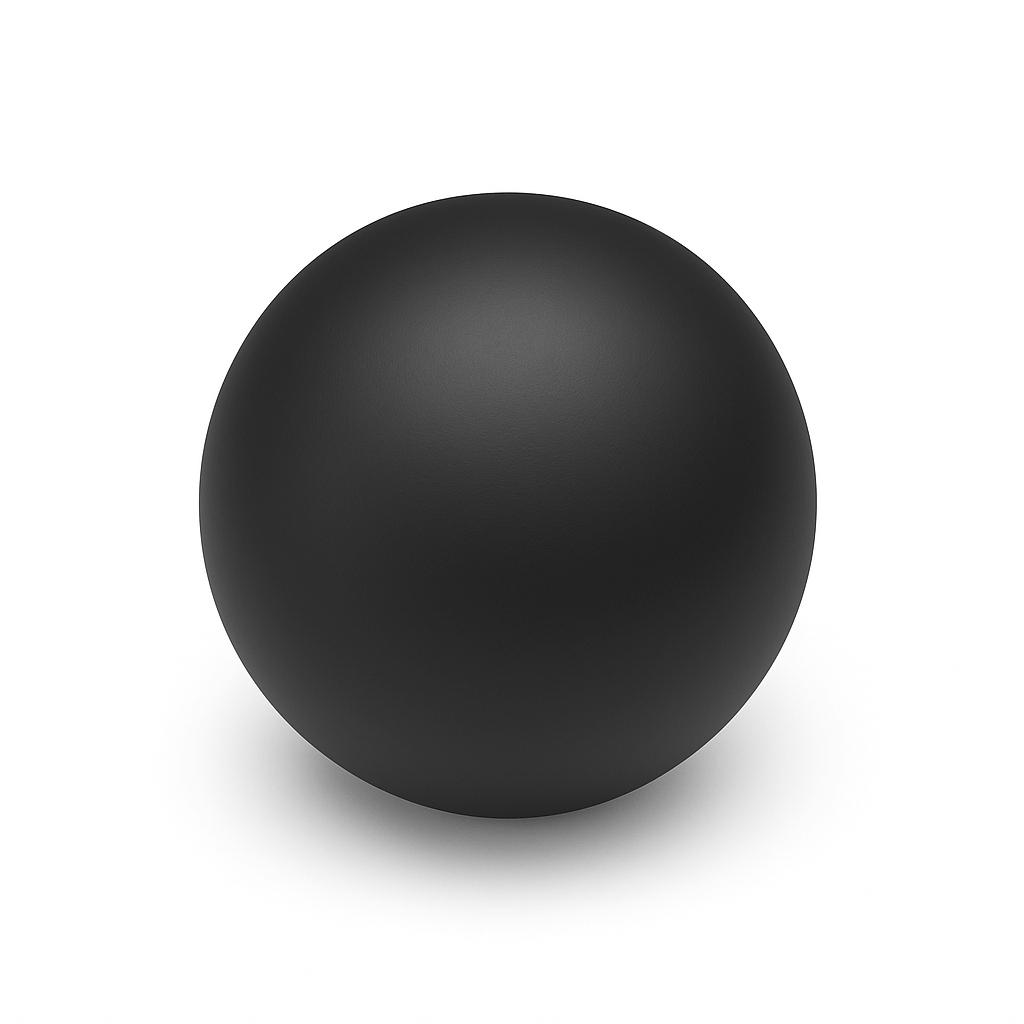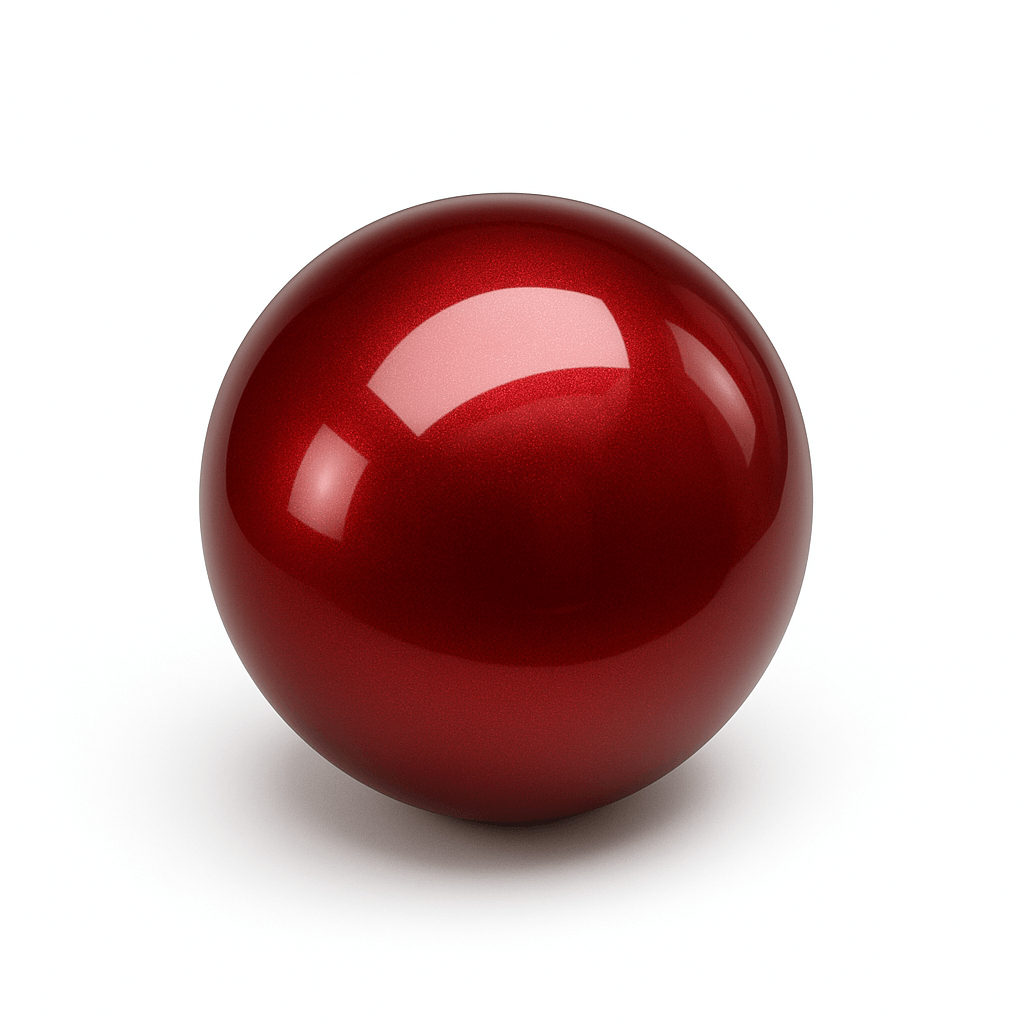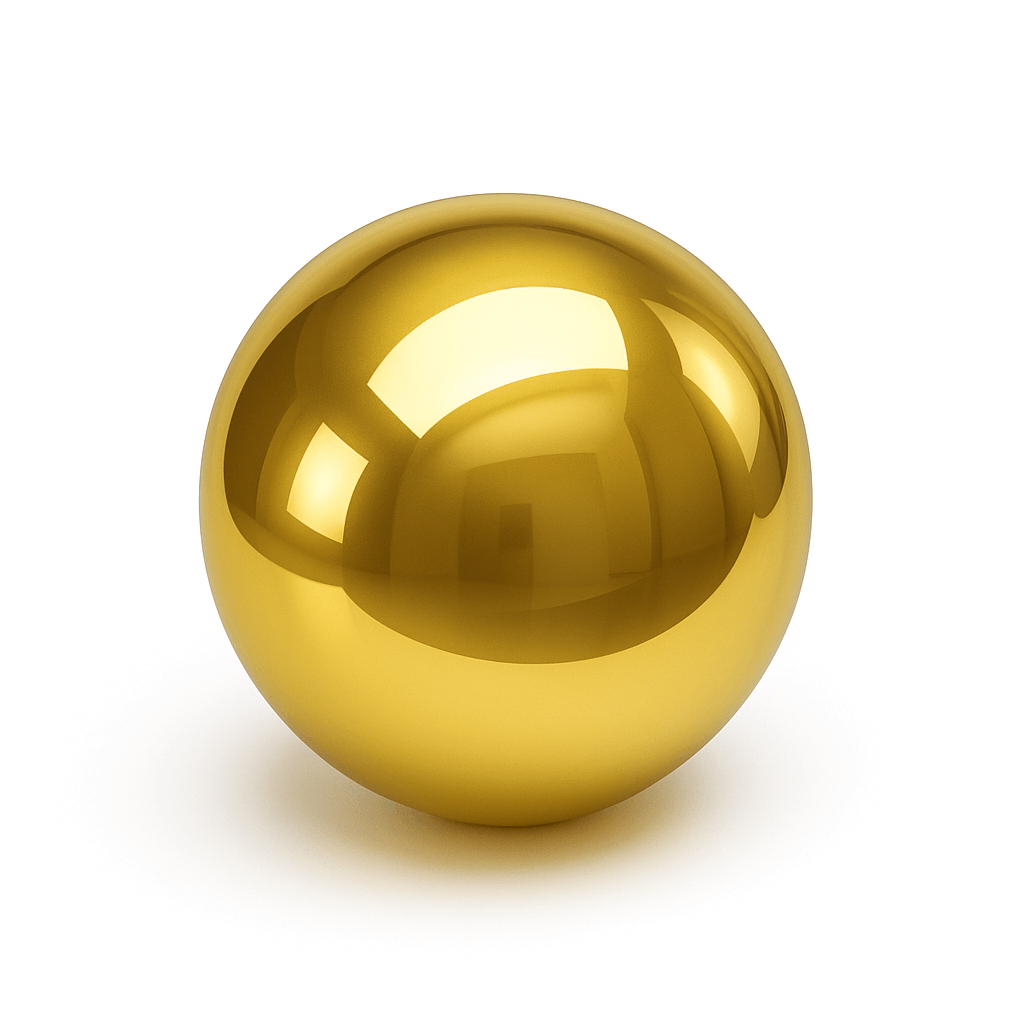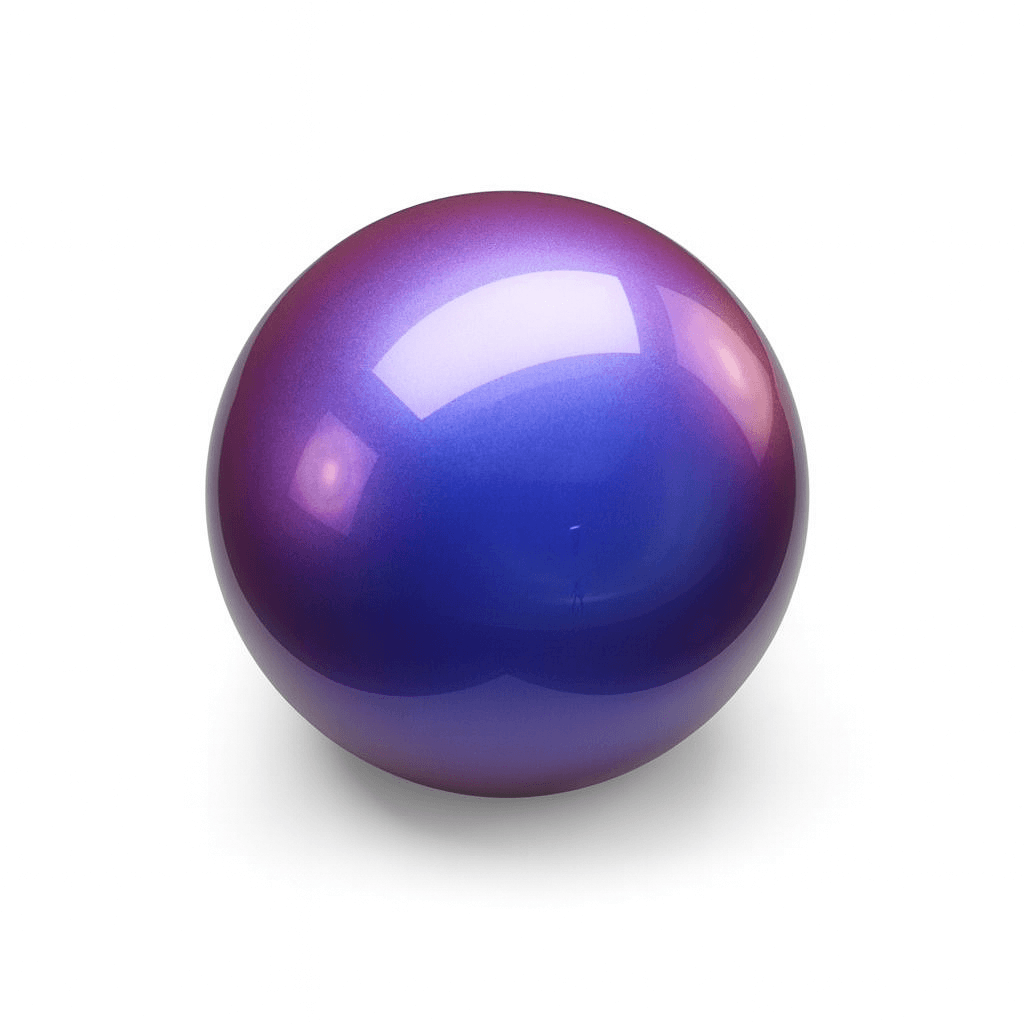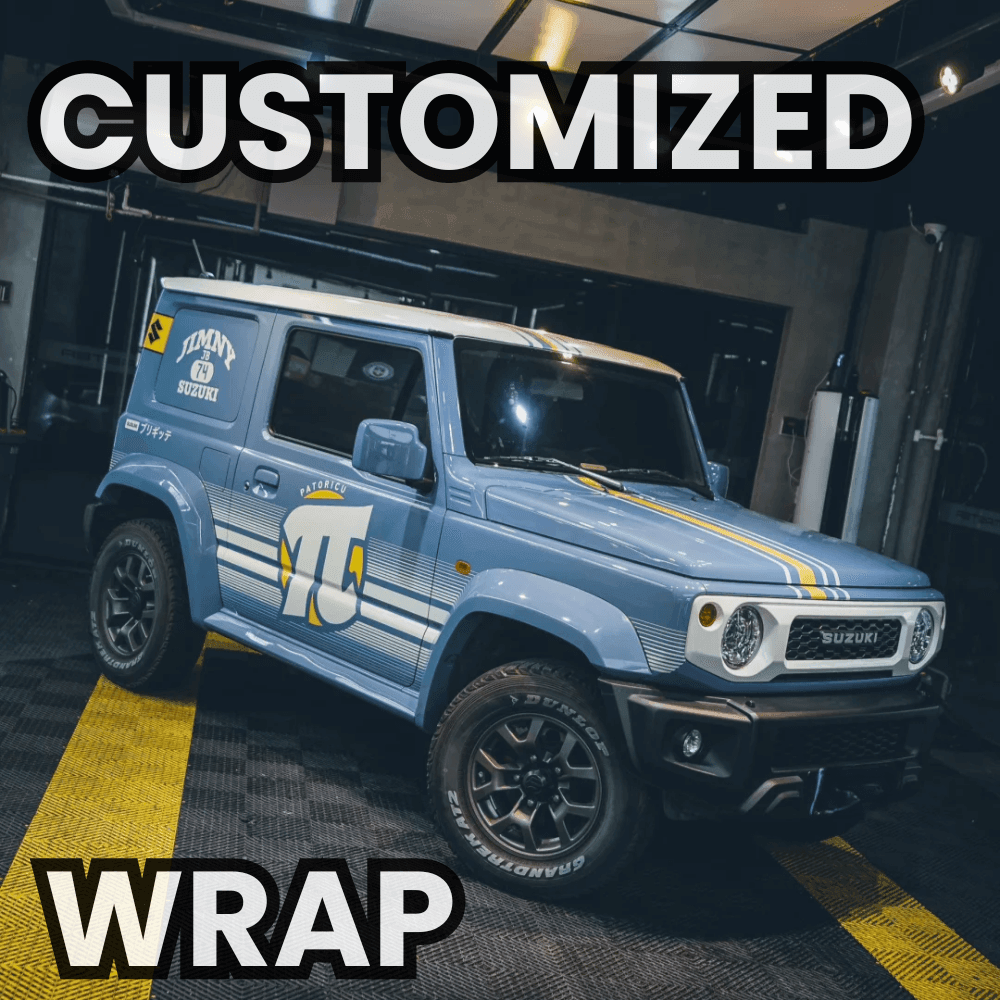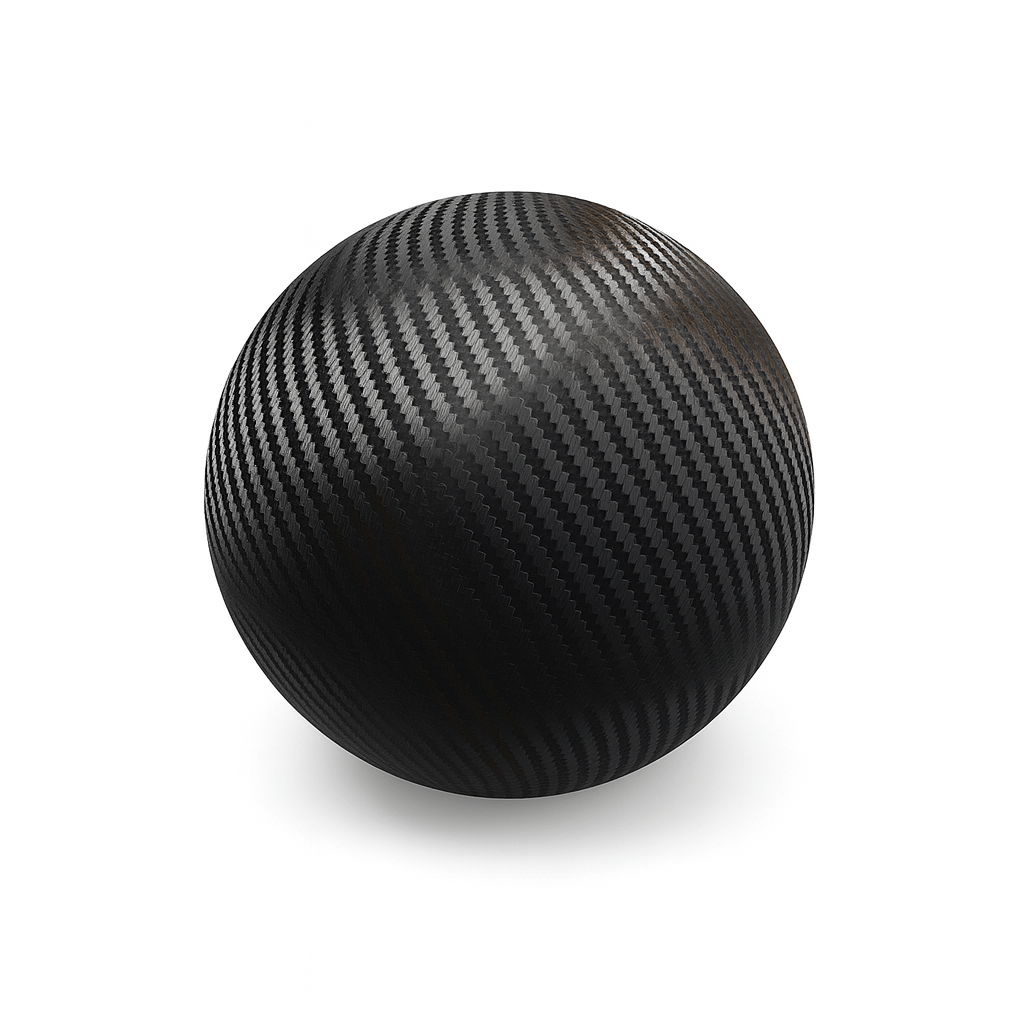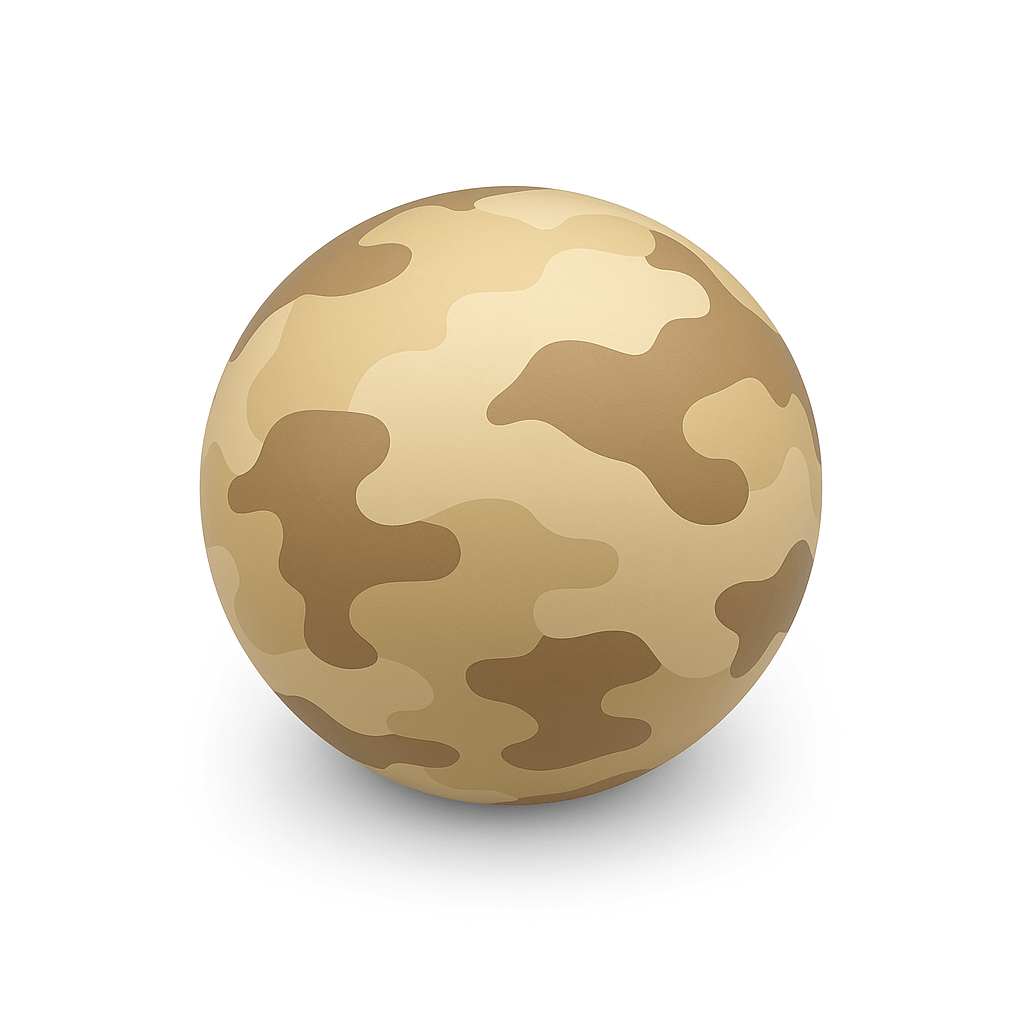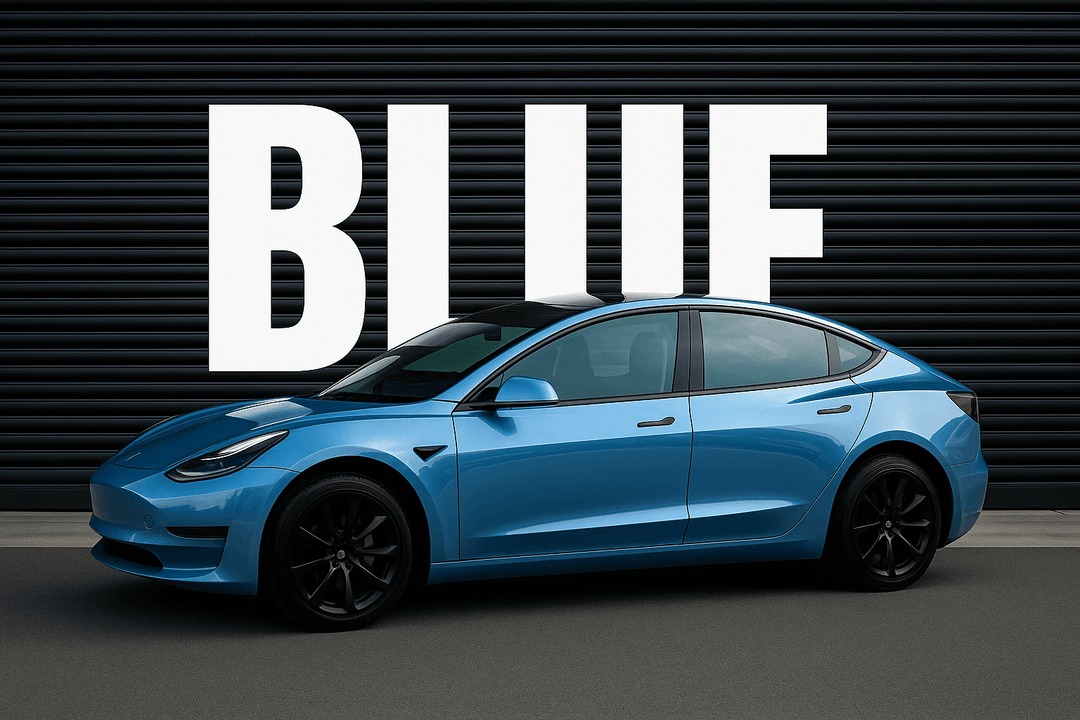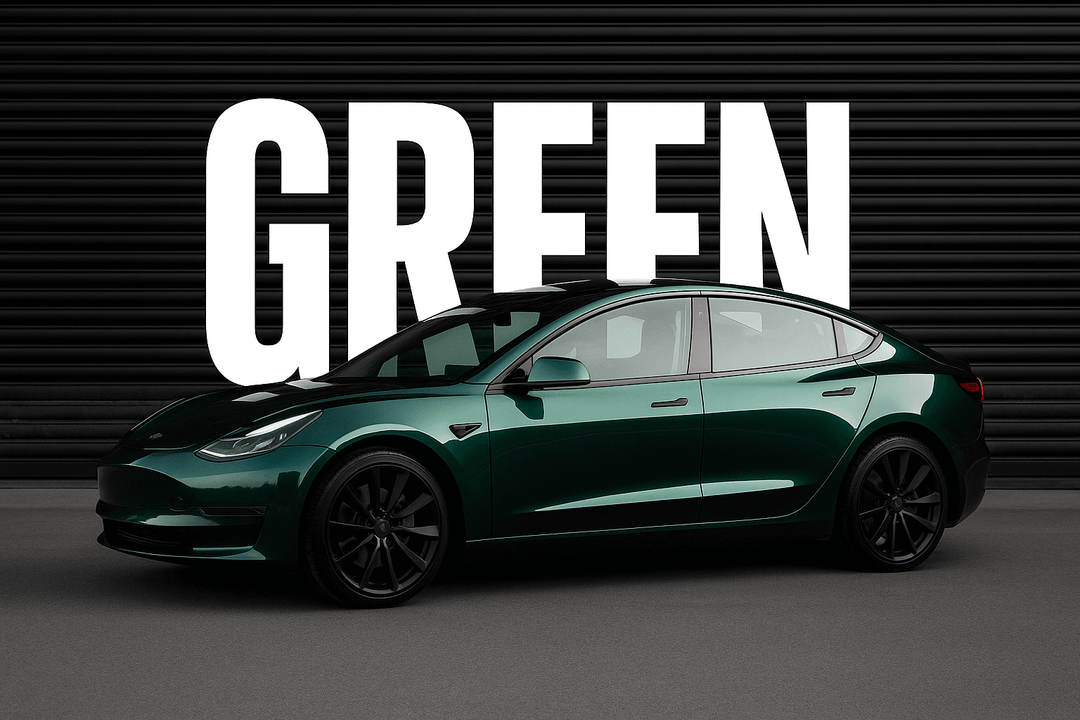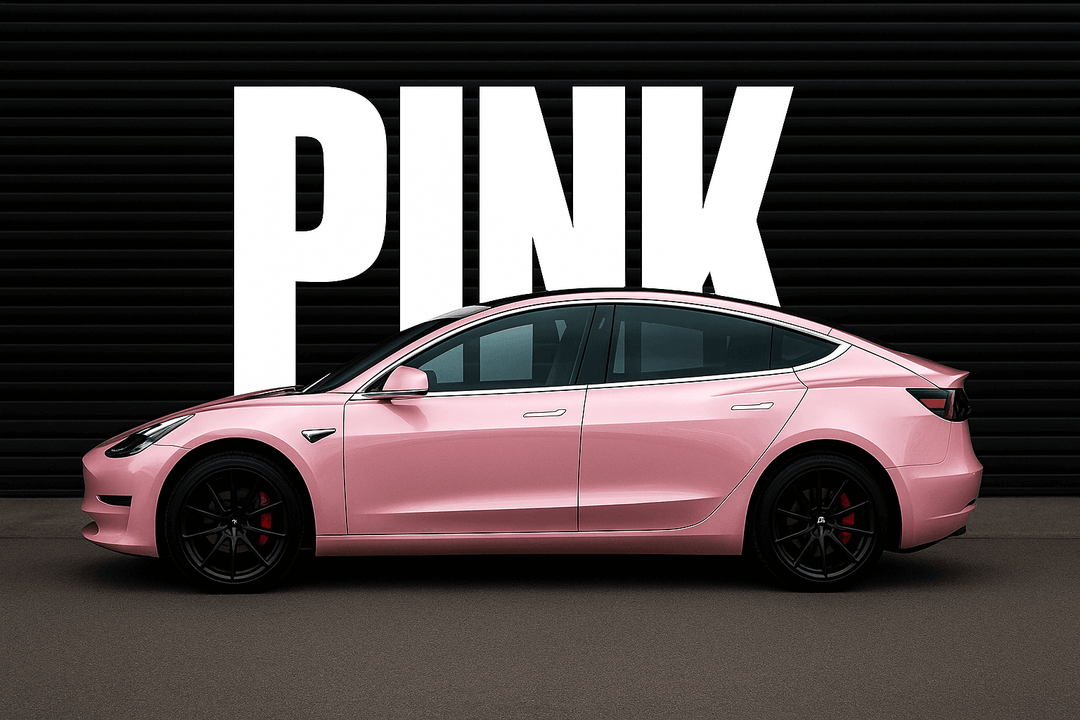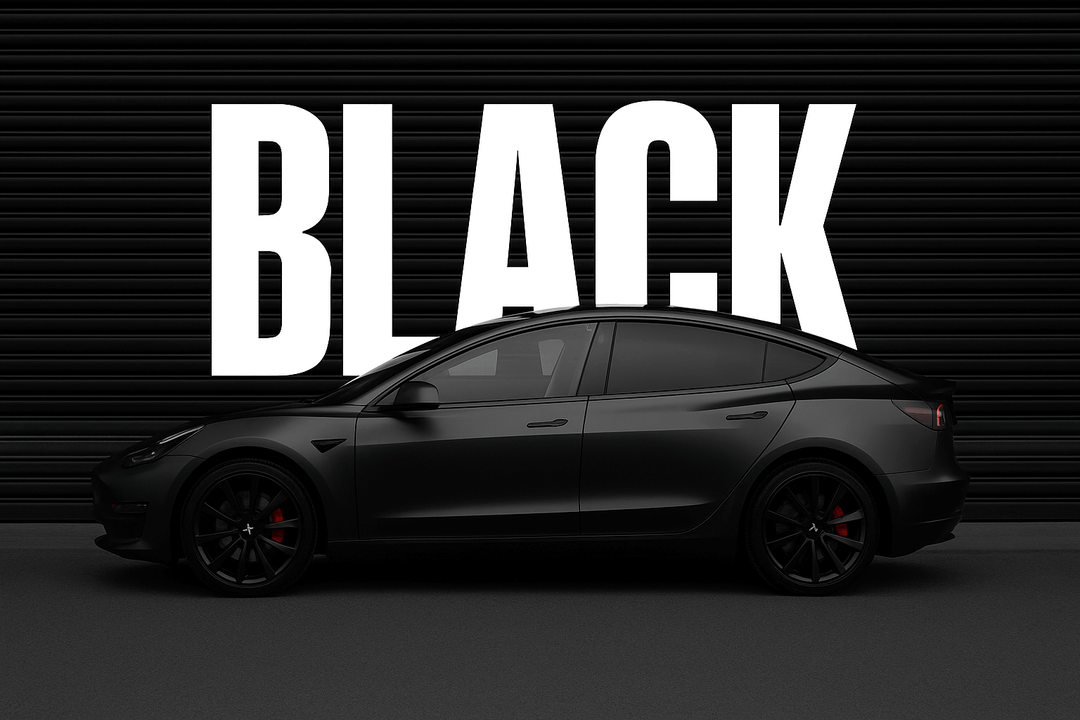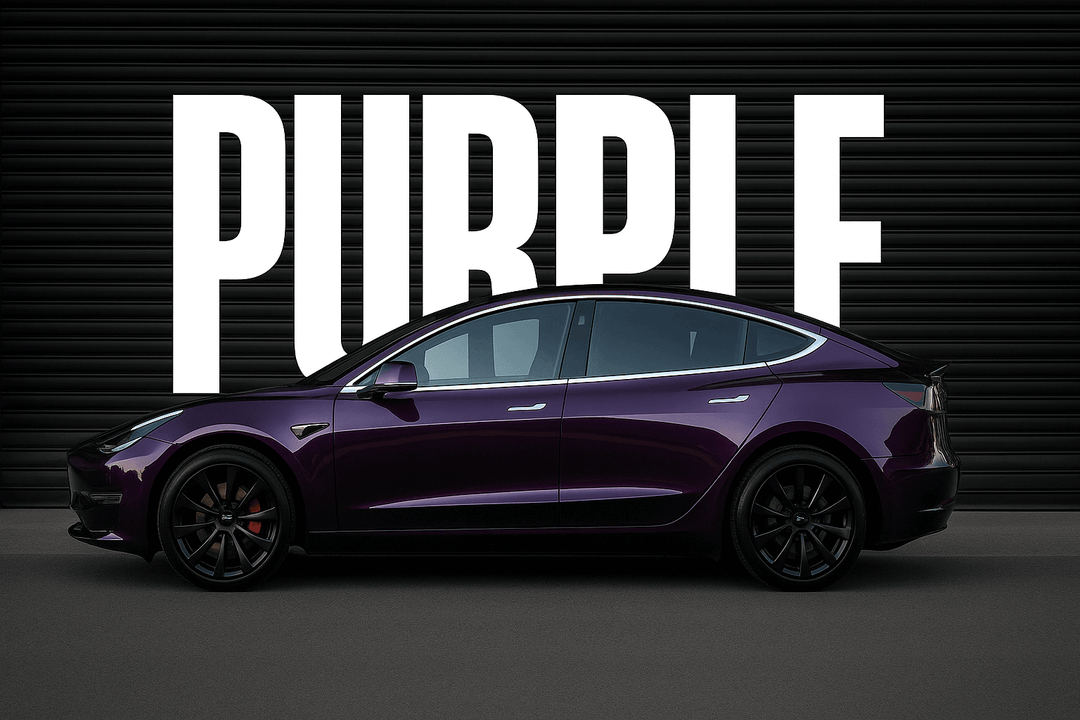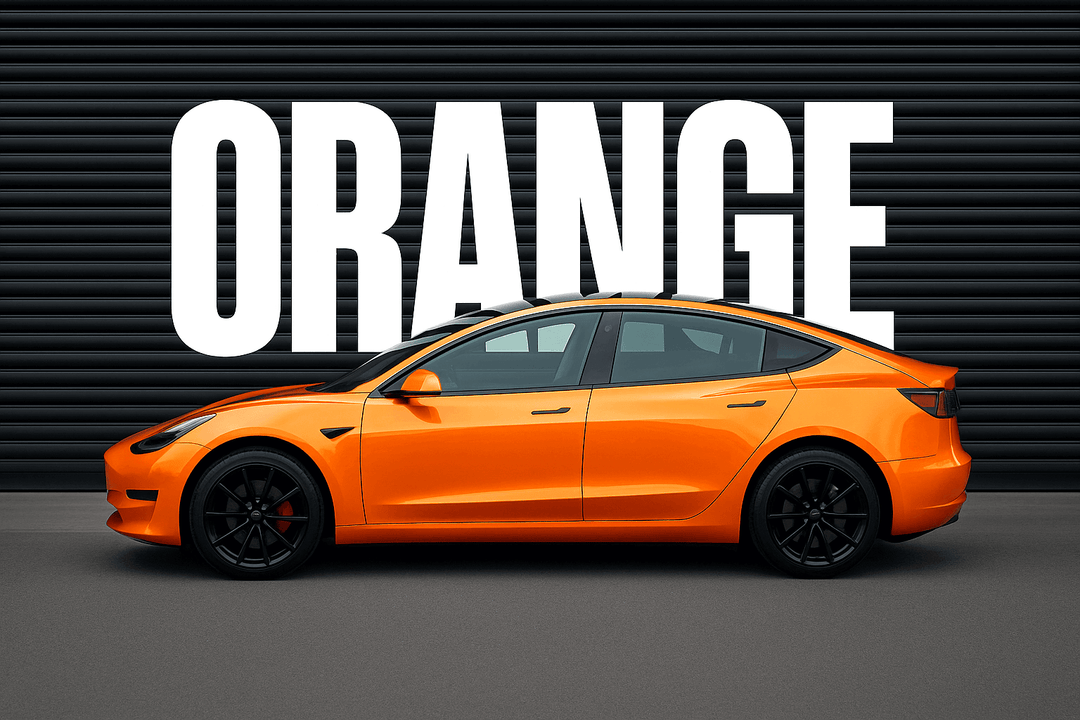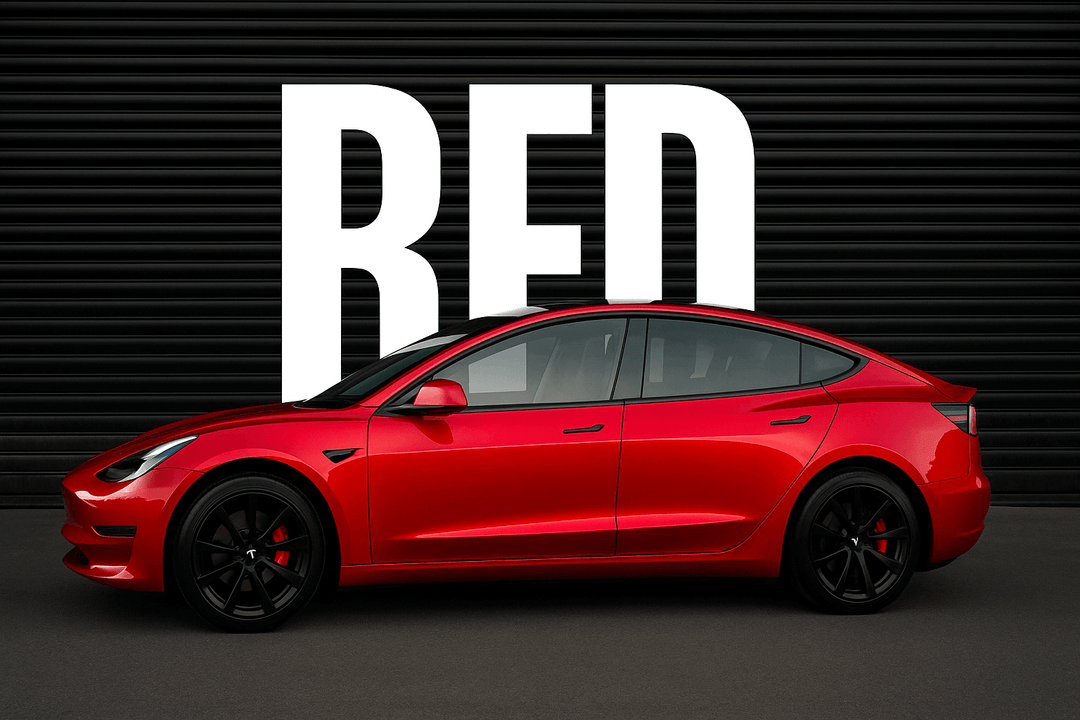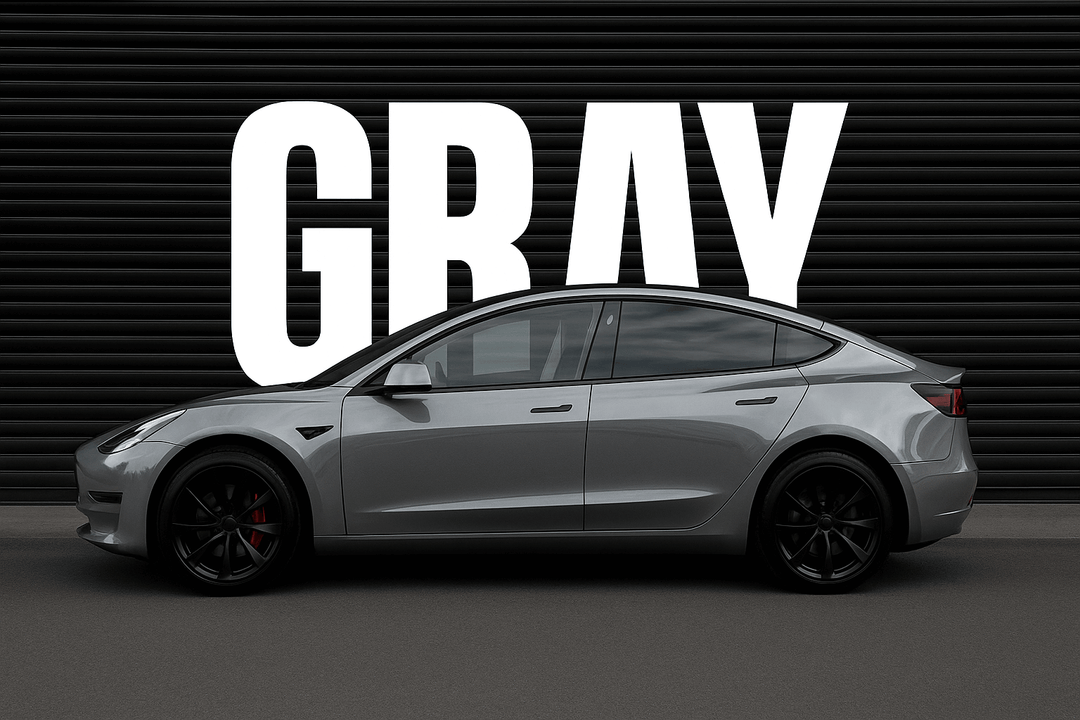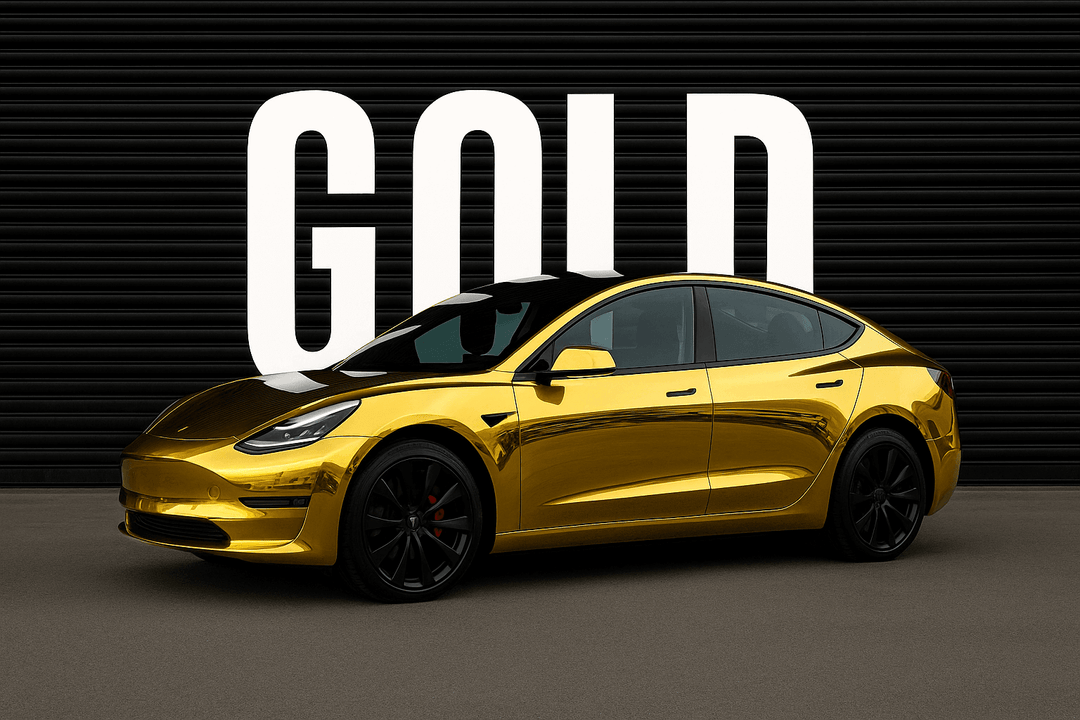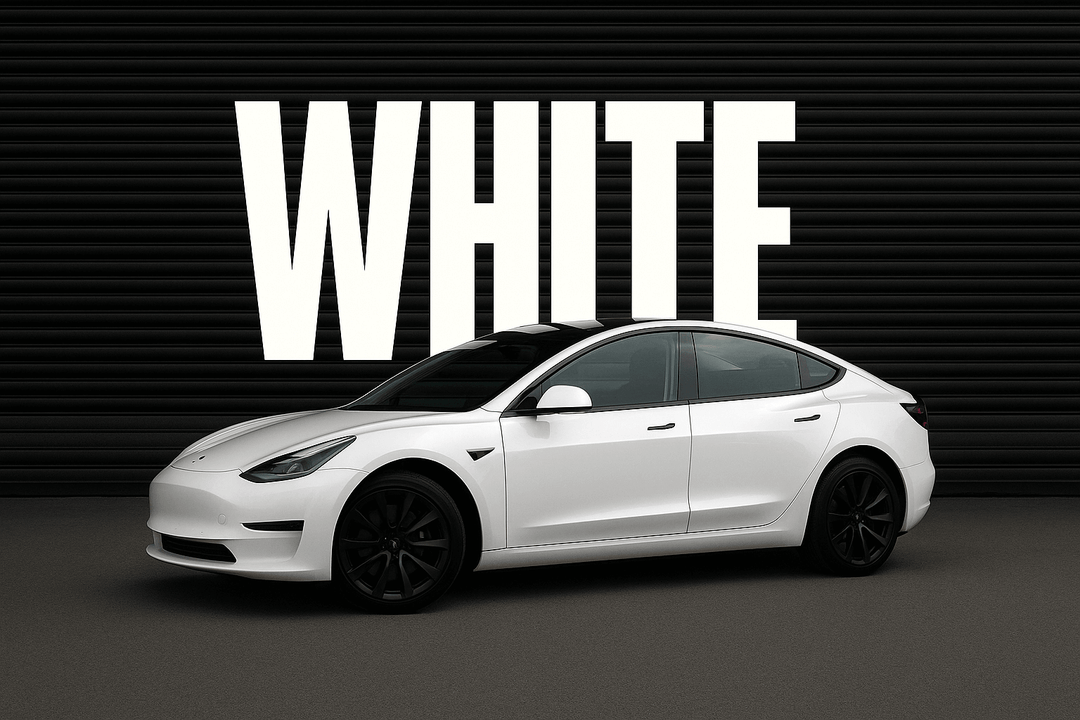How to Avoid Getting Scratches on Your Car
Scratches on your car are more than just minor imperfections. While they might seem purely cosmetic, even light surface damage can affect your vehicle’s resale value, lead to costly paint corrections, and in some cases, expose the metal underneath to corrosion and rust. In short, that tiny scratch could cost you more in the long run than you might expect.
That’s why learning how to avoid getting scratches on your car is essential for every car owner. Additionally, preventing scratches is far more affordable than fixing them later. With a few smart habits, protective accessories, and routine care, you can keep your car’s finish looking flawless for years.

In this guide, we’ll discuss the most effective strategies for protecting your car from scratches, whether you're navigating tight parking spaces, washing your car, or simply going about your daily commute.
What Causes Scratches on Car Paint?
Understanding what causes scratches is the first step in preventing them. You may not realize how easy it is to damage paint. Let's see the most common culprits that lead to unsightly scratches on your vehicle.
1. Parking Too Close to Other Vehicles
Tight parking spaces are scratch traps. Whether it’s someone swinging their door open, brushing by with a bag, or misjudging their space, your car is at risk anytime it’s squeezed between other vehicles. Even a quick lean against your door can leave behind scuffs from belt buckles or zippers.
2. Everyday Driving Hazards
As you cruise down highways or unpaved roads, tiny rocks, pebbles, and sand can be flung up by your tires or nearby vehicles. These abrasive particles strike the paint at high speeds, leading to microchips and fine scratches, especially around the front bumper, fenders, and side skirts.
3. Improper Washing Techniques
Washing your car with a dirty sponge, using household towels, or skipping the pre-rinse stage grinds dirt and grit into your paint. Automatic car washes with harsh spinning brushes are especially notorious for causing swirl marks — tiny circular scratches that dull your paint over time.
4. Automatic Car Washes
While convenient, many automatic car washes use abrasive brushes or dirty cloths that can scratch the surface of your vehicle. Touchless washes are safer but still not immune to issues like harsh chemicals that can weaken protective coatings.
5. Tree Branches, Shopping Carts, and Pets
Nature and public places pose a risk, too. Overhanging branches can scratch your roof or hood. Shopping carts left unattended can roll into your vehicle. Even pets jumping on the car can leave behind deep claw marks, particularly on lower doors or hoods.
6. Environmental and Human Factors
It’s not just road and traffic-related hazards. Environmental damage from bird droppings, tree sap, or pollen can etch into your clear coat if not removed quickly. Your habits, like opening doors with keys in hand or wearing rings, can leave behind subtle but damaging scratches, especially around handles and trims.
Best 9 Tips to Protect Car Paint from Scratches
Scratches, swirl marks, and chips can ruin the finish and reduce resale value. Fortunately, protecting your car’s paint isn’t difficult if you follow the right habits. Below are the best 9 tips to keep your vehicle’s exterior looking flawless.
1. Wash Your Car Properly
Washing your car the right way is the first step toward preserving its paint. Always use the two-bucket method—one bucket for soapy water and the other for rinsing your wash mitt. This reduces the chance of rubbing dirt and grit back onto the paint, which can lead to micro-scratches. A gentle microfiber mitt and pH-balanced car shampoo help prevent damage while keeping the surface spotless.
2. Avoid Automatic Car Washes
It might be convenient, but most automatic car washes use rotating brushes and harsh chemicals that can scratch your car’s surface. These brushes trap debris from previous vehicles, turning them into swirl-mark machines. If you care about your car’s finish, hand washing or a touchless car wash is a much safer alternative.
3. Choose Your Parking Spot Wisely
Parking near high-traffic areas, tight spots, or under trees increases the risk of scratches from door dings, tree branches, and falling debris. Always choose a spacious, shaded, and isolated parking spot whenever possible. The extra steps you take to park carefully can save your paint from costly repairs.
4. Use a Car Cover
Even if you park in a garage, a car cover provides an additional barrier against dust, dirt, and accidental bumps. Outdoor car covers are even more important, especially in areas with bird activity, intense sun, or frequent storms. Make sure the cover is soft-lined to avoid any friction that could cause fine scratches.
5. Shield with Paint Protection Film (PPF)
Paint protection film acts like a second skin for your vehicle. It’s a transparent, high-durability film applied to high-impact areas like the hood, bumper, fenders, and side mirrors. PPF protects against chips, scratches, and even UV rays. Many high-end PPFs come with self-healing properties and can last up to 10 years, making it one of the most effective forms of defense.

6. Wrap with Vinyl Wrap
A vinyl wrap not only changes the aesthetic of your vehicle but also adds a protective layer over the original paint. If you ever want a new color or design, vinyl wraps can be removed without damaging the surface underneath. For drivers who want both customization and protection, this is a stylish, reversible option that guards against scratches and chips.
7. Apply Ceramic Coating
Ceramic coating forms a semi-permanent protective layer that bonds with the paint. It helps reduce the risk of light scratches and swirl marks while making the surface hydrophobic, which repels water and dirt. While not scratch-proof, ceramic coating greatly improves resistance to contaminants and makes washing your car easier and safer.
8. Use Car Wax Regularly
Traditional car wax is still an effective way to add a layer of protection between your paint and the outside world. It’s cost-effective, easy to apply, and helps shield against environmental damage and minor scratches. Aim to wax your car every 2 to 3 months to maintain a smooth, glossy, and safeguarded surface.
9. Keep an Eye on Your Surroundings
A lot of paint damage comes from careless actions—keys near door handles, belt buckles brushing against the car, or children playing nearby. Be mindful when loading or unloading items and avoid placing bags or tools on the car. These small habits go a long way in preventing accidental scratches.
Protective Vinyl Film & PPF Vs Coatings
Not all paint protection solutions are created equal. From basic waxes to advanced paint protection films (PPF), each method offers varying levels of defense, durability, and investment. We break down the most common protective options to help you choose what best suits your car care goals.
|
Product |
Protection Level |
Lifespan |
|
Paint Protection Film (PPF) |
Excellent |
5–10 years |
|
Vinyl Wrap |
Great |
3–5 years |
|
Ceramic Coating |
Good |
2–5 years |
|
Car Wax |
Basic |
1–3 months |
1. Paint Protection Film (PPF) – Best for Long-Term Defense
PPF is a clear, thick polyurethane film applied to a car’s painted surfaces. It offers the highest level of protection against rock chips, scratches, bug splatter, and UV damage. Some advanced films even feature self-healing properties, where minor scratches disappear with heat. PPF is ideal for high-impact zones like the front bumper, hood, fenders, and side mirrors.
-
Pros: Self-healing, nearly invisible, extremely durable
-
Cons: High upfront cost, professional installation required
2. Vinyl Wrap – Great for Style and Moderate Protection
Vinyl wraps offer a mix of customization and moderate protection. Available in various colors, textures, and finishes (gloss, matte, chrome, carbon fiber), wraps can completely transform your vehicle’s look while also shielding the paint underneath from light scratches and sun exposure.
-
Pros: Removable, affordable customization, protects original paint
-
Cons: Not impact-resistant, susceptible to tearing, no self-healing
3. Ceramic Coating – Hydrophobic and Easy Maintenance
Ceramic coatings bond to your car’s surface to create a thin, semi-permanent layer that enhances gloss, UV resistance, and hydrophobicity. While it won’t stop rock chips or deep scratches, it does make washing and maintenance easier by repelling water, dirt, and road grime.
-
Pros: Long-lasting shine, water-repellent, chemical-resistant
-
Cons: Doesn’t protect against physical abrasions, labor-intensive application
4. Car Wax – Entry-Level Paint Care
Car waxes (both natural and synthetic) are the most accessible and cost-effective paint protection products. They provide a smooth, glossy finish and short-term defense against water and light contaminants. However, wax offers little to no protection from physical damage and must be reapplied frequently.
-
Pros: Affordable, easy to apply
-
Cons: Minimal protection, wears off quickly, not durable
Paint Protection Film (PPF): The Ultimate Solution
When it comes to safeguarding your car’s paint from the rigors of daily driving, Paint Protection Film (PPF) stands out as the most advanced and comprehensive defense available. This clear, urethane-based film offers a robust layer of protection while remaining virtually invisible to the naked eye. Whether you're driving a luxury sedan, a high-performance sports car, or a daily commuter, PPF is the gold standard for maintaining your vehicle’s pristine appearance.
What is Paint Protection Film?
PPF is a transparent, elastomeric polyurethane film professionally applied over a vehicle’s painted surfaces. Most of the PPFs are typically 6 to 10 mils thick, engineered to provide high-impact resistance without compromising aesthetics. From stone chips and scratches to UV rays and chemical stains, this high-tech film creates a shield against nearly every threat your vehicle encounters on the road.
Key Benefits of PPF
✅ Self-Healing Technology
One of the most remarkable features of PPF is its self-healing capability. Minor scratches, swirl marks, and abrasions literally disappear when exposed to heat, either from the sun or a heat gun. This keeps your car looking flawless, even after years of wear.
✅ Invisible Protection
A professionally installed paint protection film is virtually undetectable. It hugs the contours of your vehicle seamlessly, preserving the original paint color and finish, no matter if it's matte, gloss, or satin. You get long-lasting protection without altering the look of your car.
✅ Long-Term Durability
Unlike temporary solutions like wax or sealants, PPF offers lasting performance for 7 to 10 years when installed and maintained properly. The film resists yellowing, cracking, staining, and peeling, even in harsh climates or high-mileage scenarios.
✅ Chemical and UV Resistance
PPF is engineered to withstand damage from road salts, bird droppings, bug splatter, and UV rays. This not only protects your paint but also prevents discoloration, fading, and oxidation over time, common issues that affect unprotected vehicles.
✅ Value Preservation
If you ever plan to sell or trade in your vehicle, PPF is one of the best investments you can make. It keeps the original factory paint intact and pristine, significantly enhancing resale value. A well-maintained exterior signals to buyers that the car was cared for properly, often translating into a higher selling price.
Final Thought
Paint Protection Film (PPF) is in a league of its own, unlike waxes or even ceramic coatings, PPF delivers real, physical defense against rock chips, road debris, swirl marks, and UV damage—all while maintaining your car’s flawless finish.
Whether you're driving a brand-new luxury car or a daily commuter, a professional-grade wrap or PPF ensures that your paint stays showroom-fresh for years. It’s not just about looks—it’s a smart investment that preserves your resale value and saves you thousands in future repair costs.
Don’t wait for scratches to become permanent. Visit Yeswrap or your trusted local installer today to explore high-quality vinyl wraps and paint protection film options tailored to your vehicle. Give your car the defense it deserves—before the damage is done.
FAQs
Does ceramic coating prevent scratches?
Ceramic coating does not prevent all scratches but does provide a protective layer that resists minor swirl marks and surface-level abrasions. It helps reduce damage during washing and adds UV protection, but it won’t guard against rock chips or deep impacts like PPF.
Is hand washing better than automatic car washes?
Yes. Hand washing with the two-bucket method is significantly safer for your car’s paint. Automatic car washes often use abrasive brushes that create swirl marks and micro-scratches over time.
Can scratches be completely avoided?
While it’s nearly impossible to avoid all scratches, you can drastically reduce the risk by using Paint Protection Film (PPF), avoiding harsh environments, parking wisely, and maintaining your vehicle properly. Being proactive is the best defense.
How does Paint Protection Film compare to ceramic coating or wax?
PPF offers the best physical protection against scratches, chips, and road debris. Ceramic coatings offer some resistance and make cleaning easier but don’t stop impact damage. Wax is the least protective and requires frequent reapplication.


